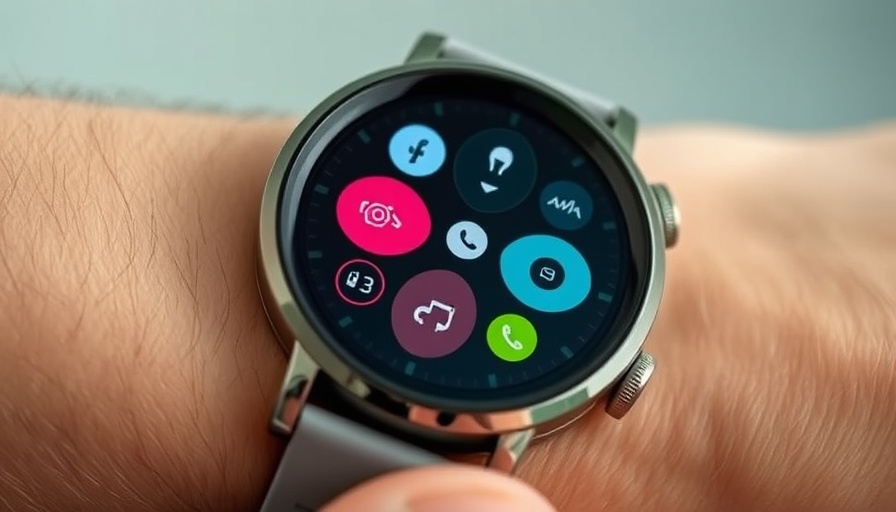
Voice Assistants: The Promise and the Delivery
With the advent of advanced voice assistants like Google's Gemini, tech enthusiasts had hoped for seamless integration across devices. However, my experience with the Pixel Watch 3 highlights an unexpected frustration that many users may find all too familiar: communication barriers among smart devices. The intent was simple—to switch from Google Assistant on my watch to Gemini, which I believed would enhance my experience. Instead, it seems to have backfired.
The Disconnect in Device Communication
Picture this: I'm setting a timer while cooking, only to find that my Pixel phone, positioned in another room, picks up my voice command before my watch does. Both devices, connected via Bluetooth, failed to coordinate, creating a chaotic situation where I ended up manually setting the same timer on each device. This scenario raises critical questions about the effectiveness of modern voice assistants. How can devices that are supposed to enhance convenience create such disarray?
Learning From Historical Flaws
Historically, smart home AI struggled with cross-communication. Early adopters of voice technology found themselves with multiple devices responding simultaneously, resulting in confusion and inefficiencies. As consumers have become more reliant on these technologies, they expect more than just functionality; they want a unified experience. With devices like Amazon Alexa and Google’s offerings in competition, one would think interoperability would be a core focus for developers.
Future Trends in Voice Technology
The predicament I faced with the Pixel Watch 3 serves as a reminder that despite advancements, the industry still has a way to go. Future developments in voice recognition and AI systems must prioritize context-aware technology that understands the environment and the user's intent. Imagine a world where your smart devices not only understand commands but also anticipate needs and reduce redundancy.
Rethinking User Experience Design
From a marketing and user experience perspective, this presents an exciting opportunity for innovation. Companies should invest in refining voice recognition systems to make them more intuitive and capable of handling multi-device environments. This includes enhancing machine learning algorithms to recognize contextual clues—such as physical location and timing—that can inform which device should respond to a command.
How This Affects Consumers
For business professionals and tech leaders alike, this struggle with device communication may expose challenges that need addressing. Consumers are likely to feel frustrated if they cannot rely on their devices to work in harmony. As the market becomes increasingly saturated with voice-controlled options, businesses that focus on integration and seamless user experiences will gain a competitive edge.
In this evolving landscape, users deserve assurances that their smart devices can communicate effectively. The hope is that future updates to Gemini and similar technologies will address these gaps, allowing devices to not merely exist alongside one another but to function better together.
Call to Action for Tech Leaders
As we visualize the future of smart tech, the imperative is clear: it is time for tech companies to rethink their communication models. Business leaders must prioritize the user experience and invest in the integration of technologies that promote cohesion among devices. This necessitates a dialogue among developers, marketers, and consumers on what the ideal user journey looks like in a multi-device ecosystem.
Ultimately, a more interconnected environment will benefit users, reduce friction, and enhance the overall usability of smart devices. Now more than ever, communication is key.
 Add Row
Add Row  Add
Add 




Write A Comment